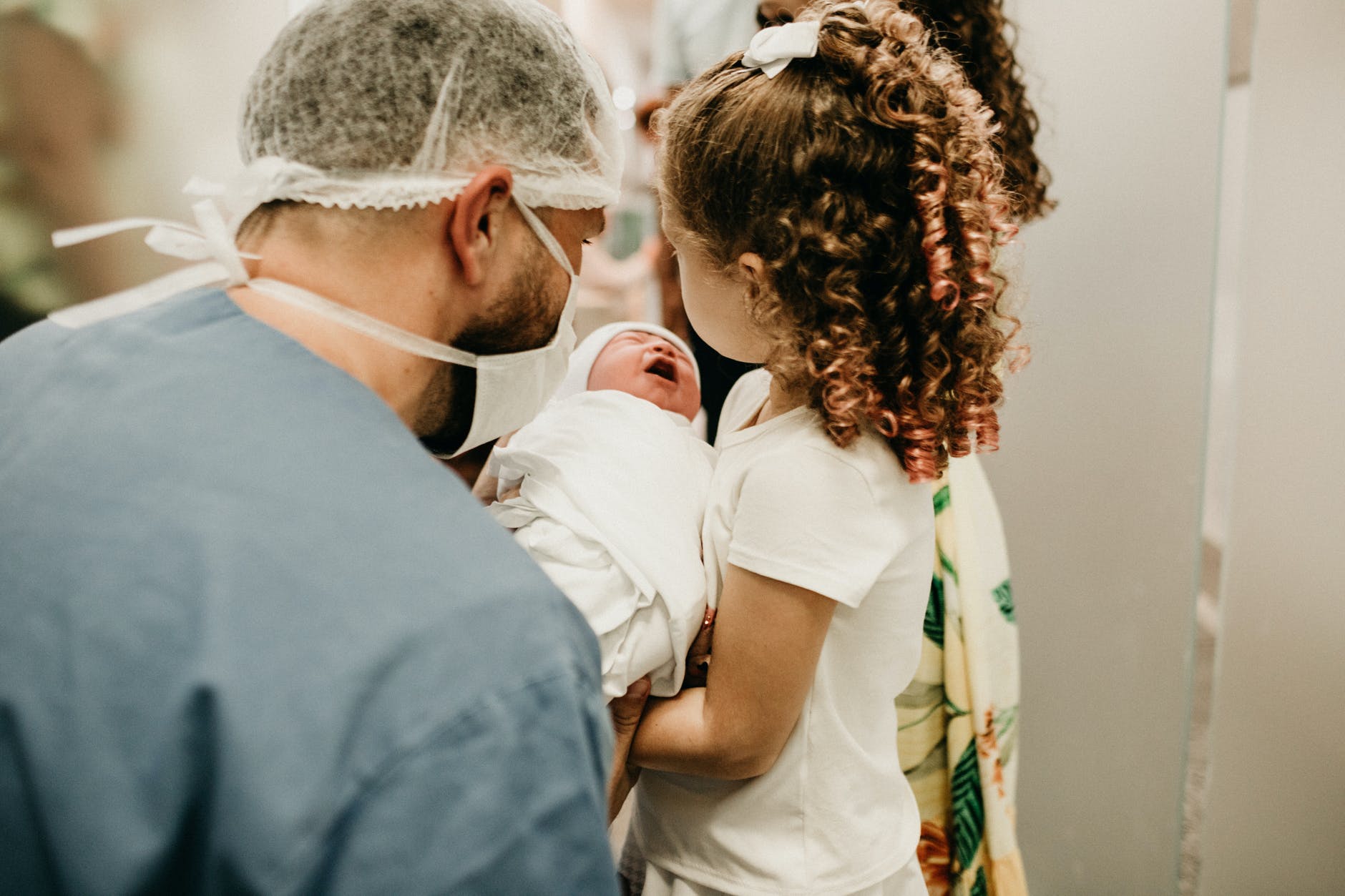Falling Birthrates, Plummeting Economy
Wednesday, May 30, 2018The Topic: Falling Birthrates, Plummeting EconomyThe News Story: U.S. Births Dip to 30-Year LowThe New Research: Roots of Recession The News Story: U.S. Births Dip to 30-Year Low “The birthrate fell for nearly every group of women of reproductive age in the U.S. in 2017,” dispassionately reports NPR, “reflecting a sharp drop that saw the fewest newborns since 1987, according to a new report by the Centers for Disease Control and Prevention.” The newest numbers continue the trend of below-replacement-level fertility that started in 1971. Women in their teens, twenties, and even thirties (a group that has seen rising birthrates for some years) all fell between 2016 and 2017. The only group which saw an increased birthrate was women in their forties—reflecting American women’s tendency to push back childbirth later and later. NPR concludes, “The numbers seem to correspond with what the Census Bureau and others have been predicting for years: America's population growth will increasingly depend on immigrants.” And although many media sources seem relatively unconcerned about such dipping birthrates, research shows that we have great cause for alarm. (Source: Bill Chappell, “U.S. Births Dip to 30 Year Low; Fertility Rate Sinks Further Below Replacement Level,” NPR, May 17, 2018) The New Research: Roots of Recession For decades, population-control zealots warned of dire consequences of more babies—famine, poverty, natural disaster, etc. Now, research warns about the social and economic risks of historically low birth rates in many industrialized nations. Two recent studies reflect those concerns. The first of these is the effort of Edward Crenshaw of Ohio State and Kristopher Robison of Northern Illinois University to reintroduce sociological theories as explanations of economic growth. Using pooled time-series analysis of changes in real gross domestic product per capita of more than
Categories:

